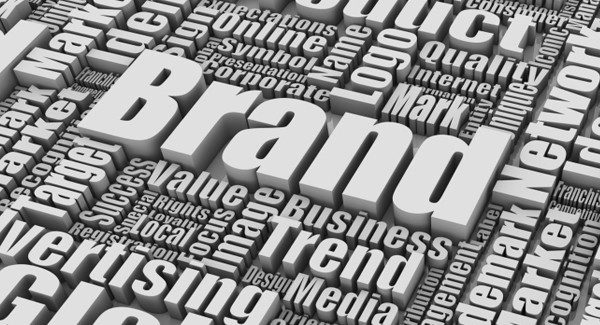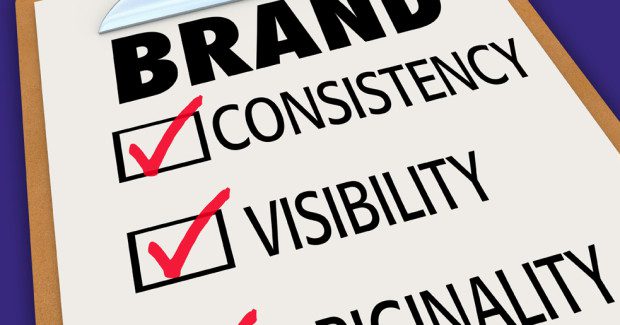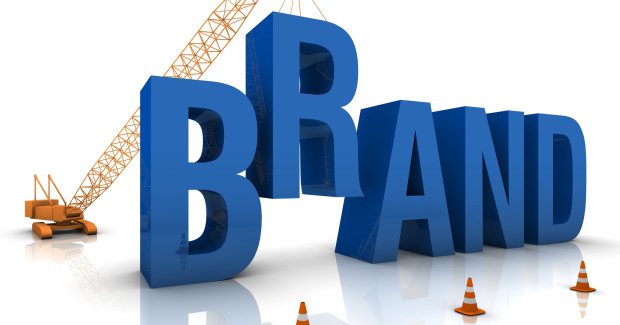Twenty-Three Tools to Build Your Brand
If your customers aren’t learning from you, they’re vulnerable to attack from your competitors. This is why you must focus on emerging trends, dangers ahead, product use, reducing costs, and solving problems – and why your brand must resonate all of these things. Here are the tools to get it done.
Posted: January 22, 2014
Trashing branding has reached star status as critics dismiss it as passé in a digital environment. Who wants the “behind the times” label? It’s interesting that those throwing the rocks at branding come prepared with a ready replacement they want to sell us. Because branding is how people experience a company and its products, don’t fall for the idea that it’s obsolete. Just remember that no company goes to greater pains to protect its brand’s integrity than does Apple, now the number one brand in the world according to the 2013 Interbrand survey. “Every so often, a company changes our lives, not just with its products, but with its ethos,” noted Interbrand CEO Jez Frampton in the company’s report. “This is why . . . Interbrand has a new No. 1: Apple.”
No task is more critical for companies, organizations and individuals than brand building. Here are 23 tools that can enhance a brand by giving it continuous care and protection:
1. Give everyone hospitality training. This is the place to start since most employees don’t know how best to interact with customers. Hospitality training is mandatory for all employees of Umpqua Bank (Portland, OR) and it has paid off, as demonstrated by the bank’s stellar performance.
2. Align with a charity. Create a long-term relationship with a charity that shares your values and makes it possible to leverage your company’s resources – knowledge, skills, talent as well as monetary contributions.
3. Make marketing your mission. Business is all about attracting customers who want to do business with you, a mission requiring a plan that’s implemented consistently.
4. Give customers what they want. That’s what T-Mobile’s “Un-carrier” rebranding is all about, starting with dumping contracts, followed by the “Jump!” early upgrade program and then the signing of Shakira. The payoff has been huge, with more than one million new customers, increased revenues and positive changes in public perception.
5. Respond quickly to a crisis. There’s no pause button; just ask Ford Motors. It refused to recall 421,000 2012 Escapes when stuck gas pedals caused accidents until the company was forced into doing it, causing reputation damage and falling Escape sales. Be ready because even a slight delay in responding to a crisis can be costly.
6. Research ruthlessly. Mistakes hurt and some can be fatal, so challenge your ideas, options and opportunities with research and testing to avoid falling into embarrassing and costly debacles.
7. Articulate your mission. Forget about puffy-fluffy (and meaningless mission statements). The famed industrial designer Niels Diffrient, who blended the technical and the aesthetic, had one goal: “Why would you design something if it didn’t improve the human condition?” What an idea!
8. Understand your customers. Many say they know their customers and don’t need any help. They’re kidding themselves about other things, too. It takes a combination of having the right data and having the smarts to figure out what it means.
9. Picture customers correctly. Take a page from Target and Dunkin’ Donuts, companies that view customers as “guests” who deserve to be treated that way.
10. Avoid erraticism. This prevalent disease eats away at business success by constantly jumping from one non-solution to the next, baffling and confusing both customers and employees.
11. Make studied moves. Just because a competitor does it or it “sounds good” doesn’t mean it’s right for your company. Without adequate preparation or serious research, many companies jump into eCommerce, launch new products, make acquisitions, or expand, only to fail.
12. Admit mistakes fast. Too many businesses are living in the past when cover-ups were possible. Not so now – there’s always a trail that leads to your door. Don’t hope for the best; expect the worst and clear the air quickly.
13. Control enthusiasm. Enthusiasm is essential, but it can also dull cognitive skills, obscure roadblocks, and blind us to unnecessary risks that can lead to unwelcome outcomes.
14. Build a case for receiving industry and civic awards. Valid recognition is more than blowing your own horn; it helps in shaping how customers, employees and the public perceive a company.
15. Disallow excuses. Whether it’s letting yourself, your work group, or your company off the hook by making excuses, customers, shareholders and the public get the message: you can’t counted on.
16. Be crisis conscious. Asking the question “What would happen if . . .?” is the most important component in making decisions. Failing to ask it is entertaining the possibility of making costly mistakes.
17. Segment your customer base. Heard it before? Of course, but only a small percentage of companies actually segment their customer database so they can tailor their marketing message to specific groups, and devote their efforts to those who produce the most revenue.
18. Be responsive. “They always get back to me quickly.” Because they create a lasting impression, these are the most important words anyone can hear. Like nothing else, they send the message that you care. How fast? Now – one hour or less. And there are no exceptions.
19. Educate customers. If customers aren’t learning from you, they’re vulnerable to competitor attack. Focus on emerging trends, dangers ahead, product use, reducing costs, and solving problems.
20. Think creativity. Nothing is worse than trying to eat when driving for fear of making a mess on our clothes. KFC solved the problem with its five-compartment Go Cups that fit in a cup holder and a menu of finger food.
21. Get rid of meetings without a strategic agenda. Meetings frustrate “goal-oriented high achievers,” says meeting expert Larissa Barber of UNC (Chapel Hill, NC), because they feel they are prevented from getting work done, while those who are more social and less self-structured like meetings “to catch up and talk with colleagues.”
22. Get it right. Good enough is never good enough when it comes to the care and protection of a brand’s integrity.
23. Give everyone brand training. Branding depends on consistent messaging and that takes training. What values does it represent? Why does it resonate with customers? What role do employees play in caring for our brand? How can they help enhance it?
Brand building is a tough job and one that never ends. As difficult as it is to create a solid brand, it can be easily damaged or even destroyed. It needs constant care. And, above all, it deserves tireless protection. It may never appear on a balance sheet as an asset, but its value is immeasurable.



















